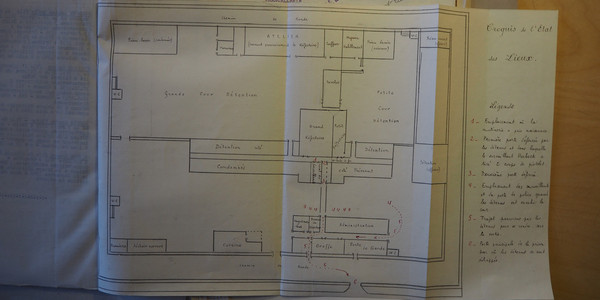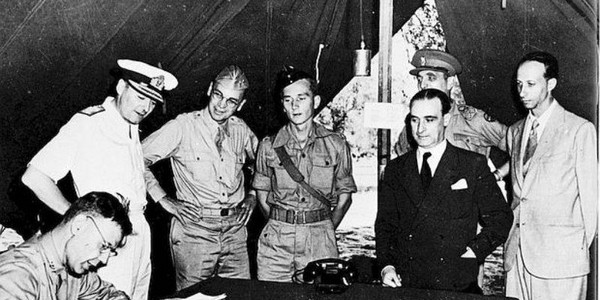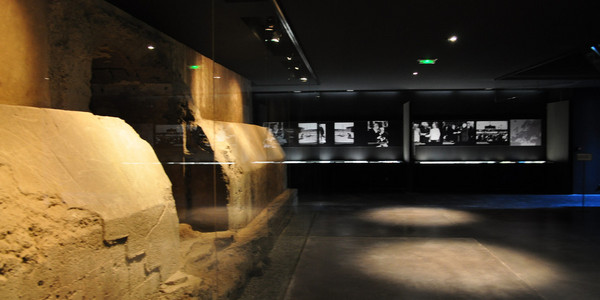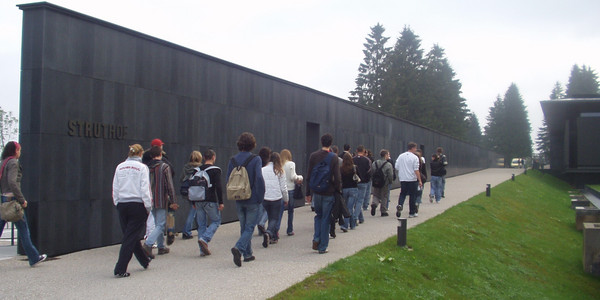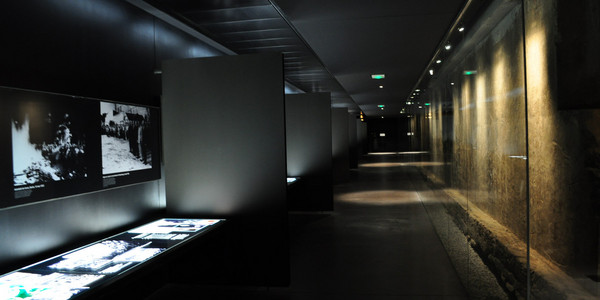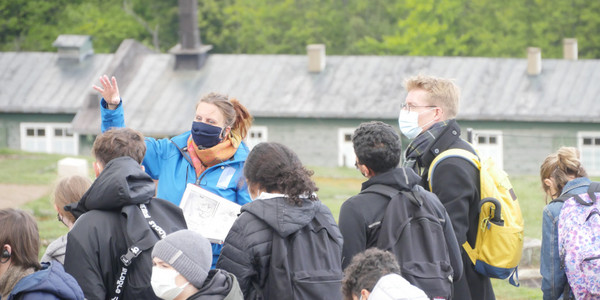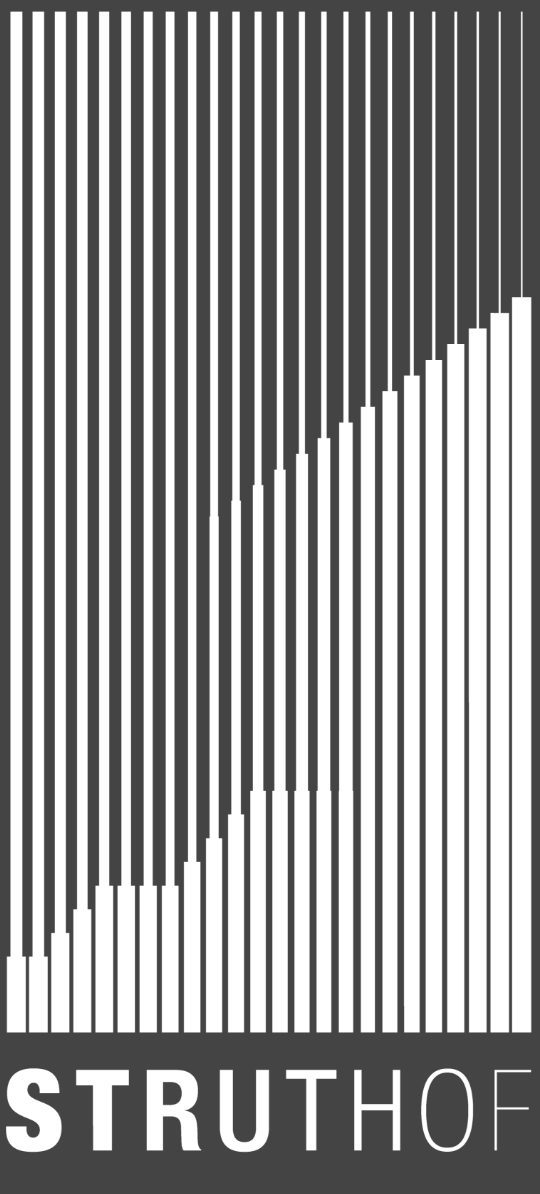In September 1940, in annexed Alsace, close to the village of Natzwiller (called Natzweiler in German), the Nazis discovered a vein of pink granite.
In March 1941, Himmler, head of the SS, ordered that a concentration camp be built to exploit the granite for the major construction projects of the Reich.
On 1st May 1941, at the place known as “Struthof”, Konzentrationslager Natzweiler was officially opened.
Designated as a category II camp, at first it was closed, meaning that it only took prisoners from other concentration camps. In 1942, it became an open camp, taking prisoners sent directly by the Nazi Security Police (SiPo).
On 21 and 23 May 1941, the first 300 prisoners arrived at the site, from the Sachsenhausen concentration camp. They were forced to build the camp and the access roads. Exploitation of the quarry began in March 1942. Up to 1,400 prisoners worked at the quarry.
Starting in 1943, aircraft engine disassembly facilities were set up in the quarry for the aircraft manufacturer Junkers. The imperatives of war took precedence over the construction of monuments.
In February, a crematorium was built at the camp. Set up close to the Hotel Struthof, it was moved into the concentration camp in October. This last development signalled the end of the camp’s construction phase.
From 1941 to 1944, pseudoscientific medical experiments were carried out at the camp: experiments on sulphonamides, war gases (mustard gas and phosgene) and on typhus. The Nazis also tried to compile an anatomical collection of Jewish skeletons. In April 1943, an experimental gas chamber was built in an annex of the Hotel Struthof.
In June 1943, the camp also became a collection centre for the Scandinavian victims of the Night and Fog (Nacht und Nebel, or NN) operation. Starting in November, all male NN prisoners were sent there.
In late 1942, KL Natzweiler began to develop a system of about fifty subcamps in both France and Germany. Although some of them operated for the SS, most of them focused on the Nazi war effort.
Starting in September 1944, due to the Allied advance, the main camp and its subcamps on the French side of the Rhine were evacuated, mainly to the Dachau concentration camp in Bavaria. 11,000 prisoners, including nearly 6,000 from the main camp, were sent to Germany. A unique event in the history of the concentration camps, Natzweiler continued to exist despite everything, due to its subcamps located on the German side of the Rhine.
The main camp was discovered by the Americans on 25 November 1944. Vacant of prisoners, it was the first concentration camp to be discovered in Western Europe.
It was permanently closed down when the subcamps located in Germany were evacuated in March / April 1945.
From 1941 to 1945, 52,000 prisoners, of more than 30 different nationalities, were sent to Natzweiler and its subcamps. 35,000 prisoners did not go through the main camp.
Around 17,000 prisoners died in the nebulous Natzweiler system, including 3,000 at the main camp.


